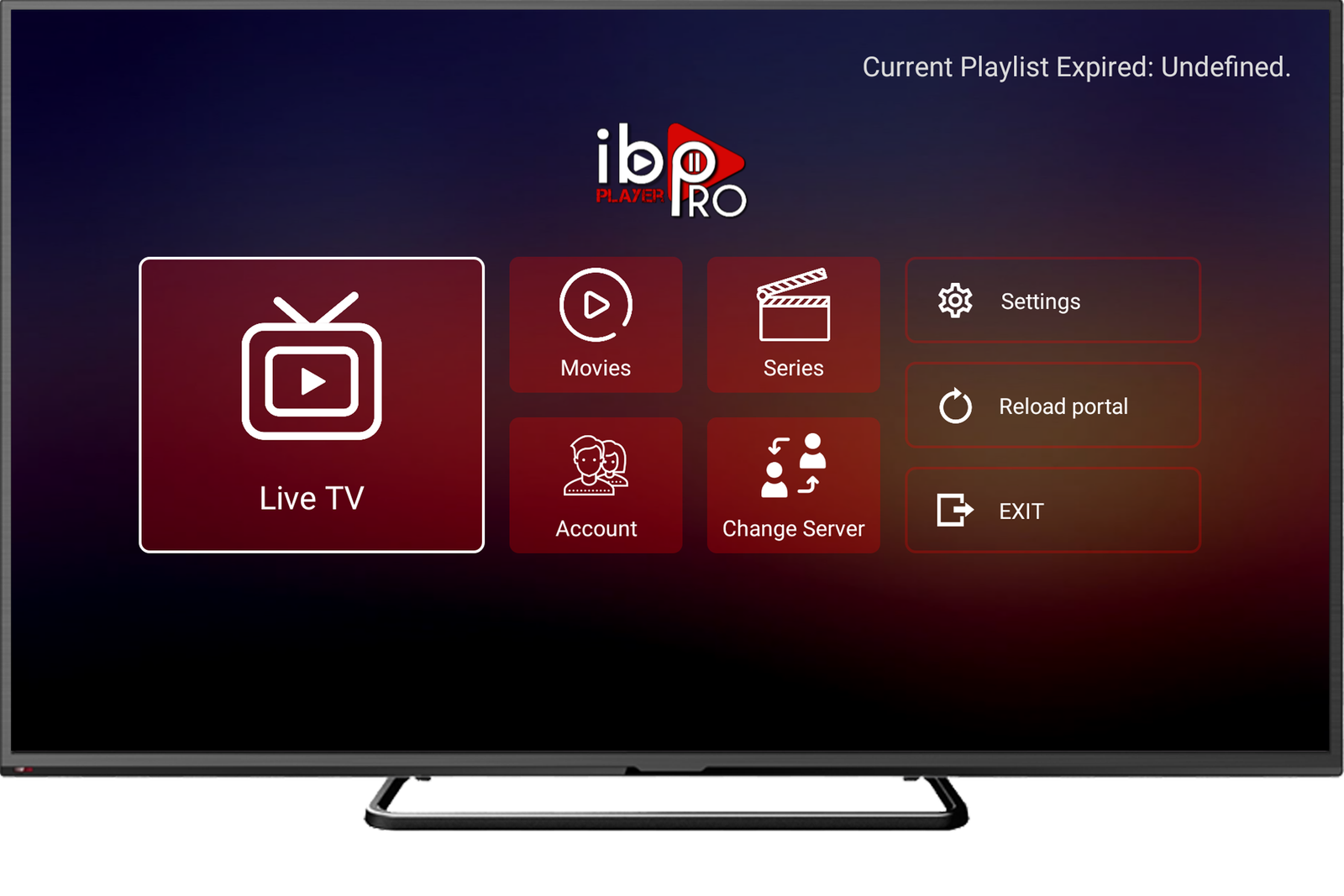In recent years, the television landscape has undergone a significant transformation, largely owing to the widespread availability of streaming services. Unlike traditional television, which relies on scheduled programming and commercial breaks, streaming TV provides viewers with unparalleled accessibility, personalization, and convenience. With platforms like Netflix, Hulu, Amazon Prime Video, and Disney+ dominating the industry, the way we consume entertainment has evolved significantly.
**The Rise of Streaming Services**
In a pioneering change, streaming TV has dismantled the need for adherence to a fixed schedule. Viewers can access on-demand content at their convenience, whether at home, commuting, or even while traveling. The accessibility of streaming services through various devices has further revolutionized the entertainment industry, breaking geographical barriers and offering a diverse array of global content.
**Personalization through Advanced Algorithms**
 Personalization is a pivotal component of the streaming TV experience. Streaming services deliver tailored content recommendations using sophisticated algorithms and user profiling, ensuring that viewers are exposed to shows and movies aligned with their preferences. This level of content discovery fosters a more engaging viewing experience, supplemented by interactive features such as user ratings and reviews, creating a sense of community engagement among viewers.
Personalization is a pivotal component of the streaming TV experience. Streaming services deliver tailored content recommendations using sophisticated algorithms and user profiling, ensuring that viewers are exposed to shows and movies aligned with their preferences. This level of content discovery fosters a more engaging viewing experience, supplemented by interactive features such as user ratings and reviews, creating a sense of community engagement among viewers.
**Convenience and Control**
Streamlining the viewing experience, streaming TV offers ad-free options and time-shifting capabilities, granting users enhanced control. Without the constraints of traditional TV schedules and commercial interruptions, viewers can watch content at their own pace. The seamless user experience is further amplified through integration with smart home technology, enabling centralized control and cross-platform synchronization through voice commands, smart remotes, and mobile apps.
**Implications for Traditional TV Networks**
The profound impact of streaming TV has led to a decline in viewership for traditional TV networks, necessitating a reevaluation of their strategies. In response to the increasing allure of streaming services, networks are focusing on the development of niche content to differentiate themselves. Moreover, traditional TV networks are transitioning towards subscription-based models, offering their content through streaming platforms to remain competitive in the evolving media landscape.
In summary, the rise of streaming TV has redefined the television experience, offering unparalleled accessibility, personalization, and convenience. Traditional TV networks are undergoing significant shifts as they adapt to the changing landscape, emphasizing niche content and subscription-based models to stay relevant.